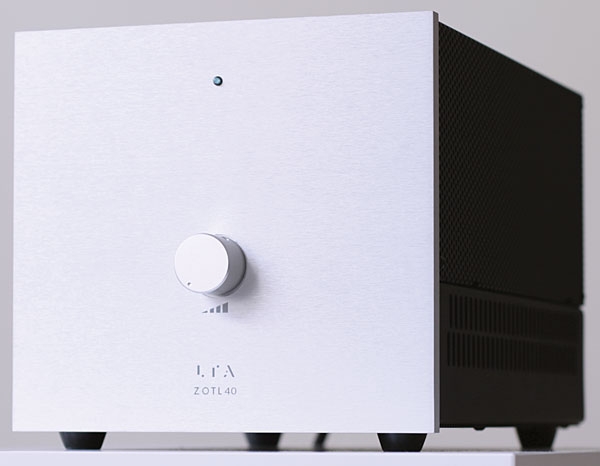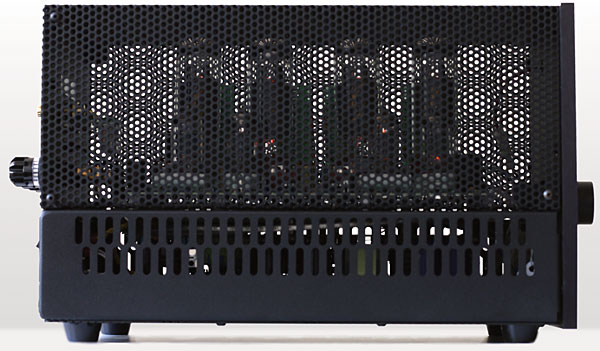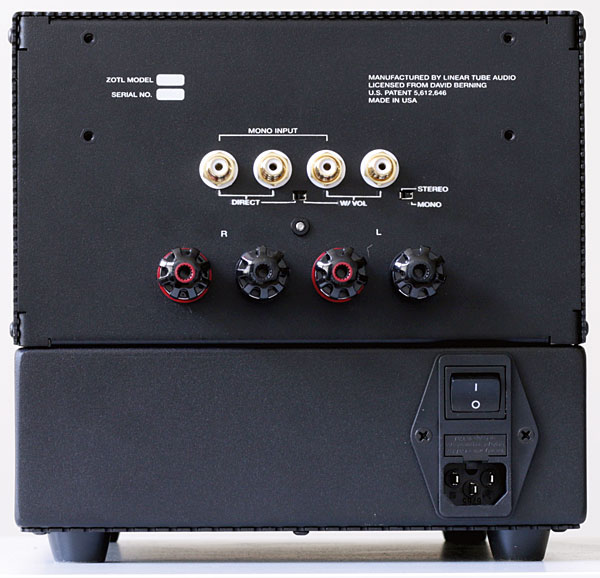| Columns Retired Columns & Blogs |
I'm feeling that I now have to lower my expectations on tube gear reviews, for darn good reasons:
A piece of tube gear is like a Turntable/Arm with it's tubes being a (phono cartridge type) variable.
The Pro Audio guys I know will pull their hair out looking for "Good Sounding Tubes", say'n stuff like that tube "sounds like shit!!!"
My old supplier, Art Ferris of Audible Illusions, carefully selected the tubes in all the Modulus 2 preamps he built and sold. He said it was his secret sauce.
Today our very own Kevin Deal has become the KING of tubes by being a reliable supplier of quality sounding glass. His importing PrimaLuna and Mystere speaks to his mastery along with Schiit owners that I know buying glass from Upscale.
My own Conrad-Johnson MV-45a's performance was from superb tubes.
Willian Z.Johnson would send Audio Research gear to Harry Pierson at TAS, those pieces contained very special glass.
The last headphone Meet I went to probably had 50 headphone amps active, the group of headphone tryers ( including me ) gravitated to a Schiit Valhalla 2 Amp who's owner loaded the darn thing with Russian Glass, it was easily the best sounding Amp at the Meet. Jude Mansilla's Schiit Rag/Yggy was there but sounded flat by comparison ( breaking my personal Yggy bubble, oh well ).
During my Retail days, I sold Solid State electronics for it's consistent performance. I also had the complete lines of Conrad-Johnson & Audible Illusions Pre-amps which didn't quite sell well compared to my Electrocompaniet & PS Audio Sales. Now, I realize that I wasn't focusing on careful Tube Selection. I was focusing on Phono Cartridges and Turntables, our specialties !
Tube guys are West Coast, I think.
UpScale in LA
Bottle head up in Washington
All those Schiit Valhalla & Lyr tube rollers seem to be West Coasters.
But the Garage 1217 folks, the Feliks folks are internet and thus International. These are the most serious Tube Rollers on the Audiophile Planet.
I'm coming to think that a piece of Tube Gear with it's chassis, power supply, circuit board & wiring make up a Textured Canvas with the Tubes themselves being the Amplifier reviewed.
Tony in Michigan












































